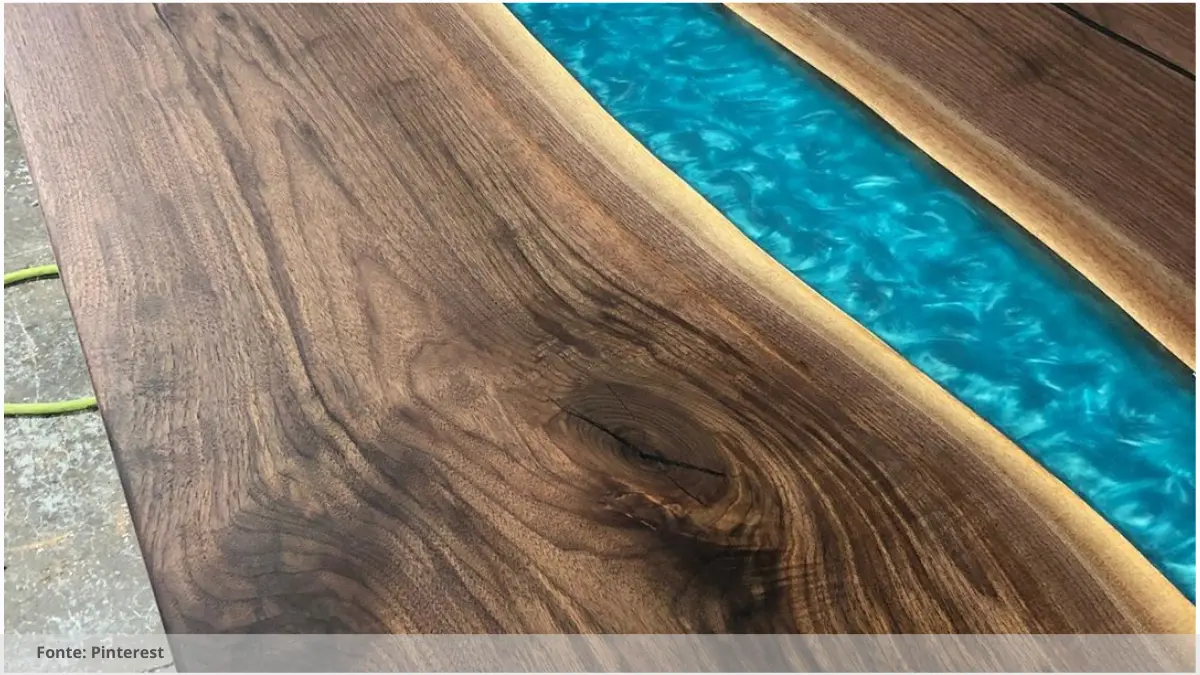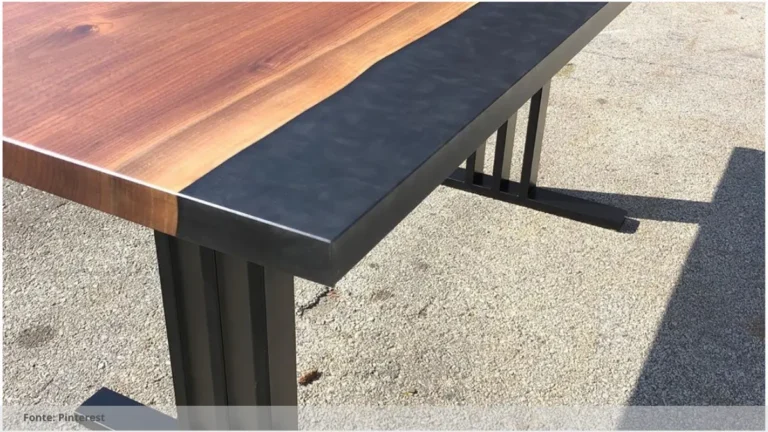
Resin Epoxy Clock: Step-by-Step Guide for Creating Stunning Timepieces
Resin Epoxy Clock
Creating a resin epoxy clock is a creative and fun way to add a unique touch to your home decor. With the right materials and a little bit of patience, you can make a stunning timepiece that will impress everyone who sees it.
Gather Your Materials
To create a resin epoxy clock, you will need a clock mechanism kit, epoxy resin, a silicone mold, pigments or colorants, mixing cups and sticks, and a heat gun or torch for removing air bubbles. Make sure to choose high-quality materials to ensure the best results.
Prepare Your Workspace
Before you begin the resin epoxy clock-making process, it’s essential to prepare your workspace. Cover your work surface with a plastic tablecloth or disposable plastic bags to protect it from any spills or drips. Make sure your workspace is well-ventilated to prevent any harmful fumes from accumulating.
Create Your Design
Now it’s time to get creative and design your resin epoxy clock. Mix the epoxy resin according to the manufacturer’s instructions and add pigments or colorants to create your desired colors. Pour the resin into the silicone mold and use a heat gun or torch to remove any air bubbles.
Add the Clock Mechanism
Once the resin has cured and hardened, carefully remove it from the mold. Drill a hole in the center of the clock face to accommodate the clock mechanism. Insert the clock hands and mechanism according to the kit instructions, and voila – you now have a beautiful resin epoxy clock!
Final Touches
After assembling the clock mechanism, hang your resin epoxy clock on the wall or place it on a tabletop for everyone to admire. You can also add additional embellishments such as metallic flakes, glitter, or decals to make your clock even more unique and eye-catching.
Creating a resin epoxy clock is a fun and rewarding DIY project that allows you to showcase your creativity and craftsmanship. Follow this step-by-step guide to create stunning timepieces that will impress both yourself and your guests.
Read the Recent Articles of the Day by Clicking Here!
One important suggestion for creating stunning resin epoxy clocks is to ensure proper preparation and planning before starting the project. This includes selecting the right materials, choosing a design or pattern that complements your space, and carefully measuring and mixing the resin epoxy according to the manufacturer’s instructions.
Additionally, take the time to properly seal any porous materials, such as wood or paper, to prevent bubbles from forming in the resin. This can be done using a sealant or by pre-coating the material with a thin layer of resin before pouring the main layer.
When pouring the resin, work in a clean and well-ventilated space to minimize dust and debris from contaminating the mixture. Use a heat gun or a torch to pop any remaining bubbles that rise to the surface, ensuring a smooth and clear final result.
Lastly, allow plenty of time for the resin to cure before handling or hanging the clock. Follow the recommended curing time provided by the manufacturer to ensure that the resin sets properly and the clock maintains its shape and durability over time.
By following these steps and taking your time to create a high-quality resin epoxy clock, you can produce a stunning and unique timepiece that will be a beautiful addition to any home or office.

Frequently Asked Questions: Resin epoxy clock
What materials do I need to make a resin clock?
To make a resin clock, you will need a clock movement mechanism, resin, a clock face template, pigment or dye for coloring, mixing cups, stirring sticks, and a silicone mold.
Can I customize my resin clock with different colors?
Yes, you can customize your resin clock with different colors. Resin allows for endless color combinations and designs, making it easy to create a personalized clock to suit your style.
How long does it take for the resin to cure?
Resin typically takes 24-72 hours to fully cure, depending on the brand and type of resin used. Factors like temperature and humidity can also affect curing time.
Are there any tips for creating a unique epoxy clock?
Some tips for creating a unique epoxy clock include using different colored pigments, adding decorative elements like glitter or metallic flakes, and experimenting with different molds and shapes.
So, what do you think about this subject? Share your opinion in the comments and let’s continue discussing together!


